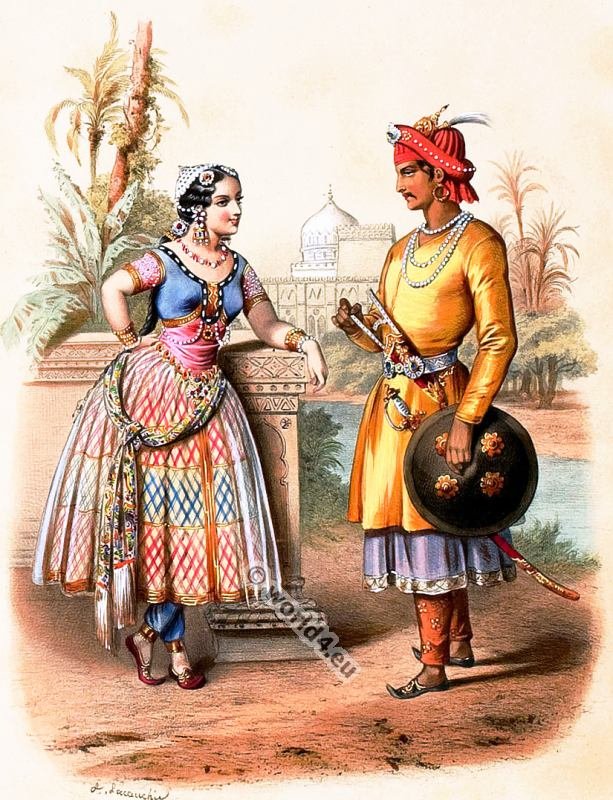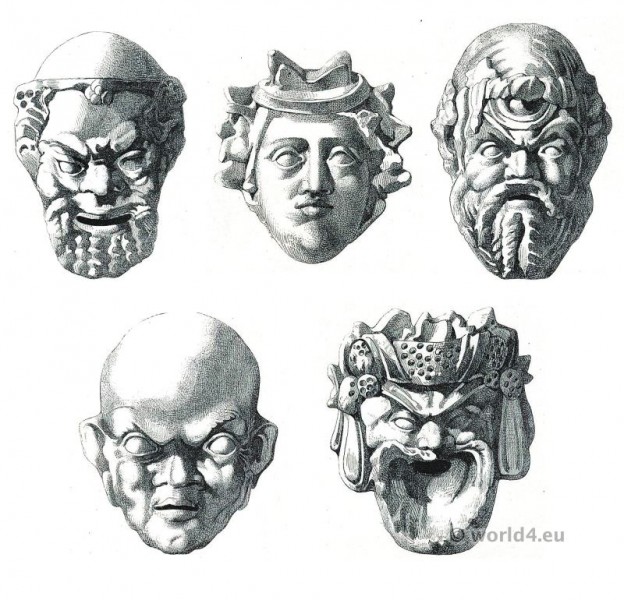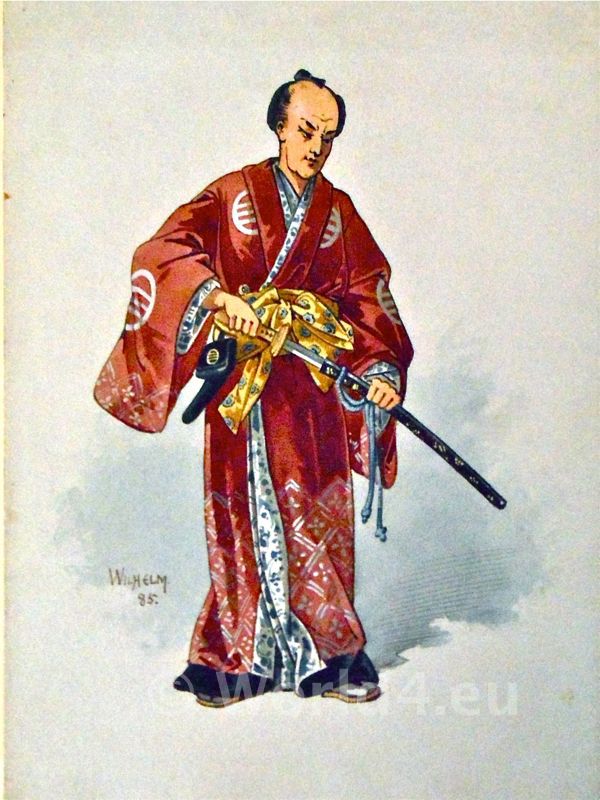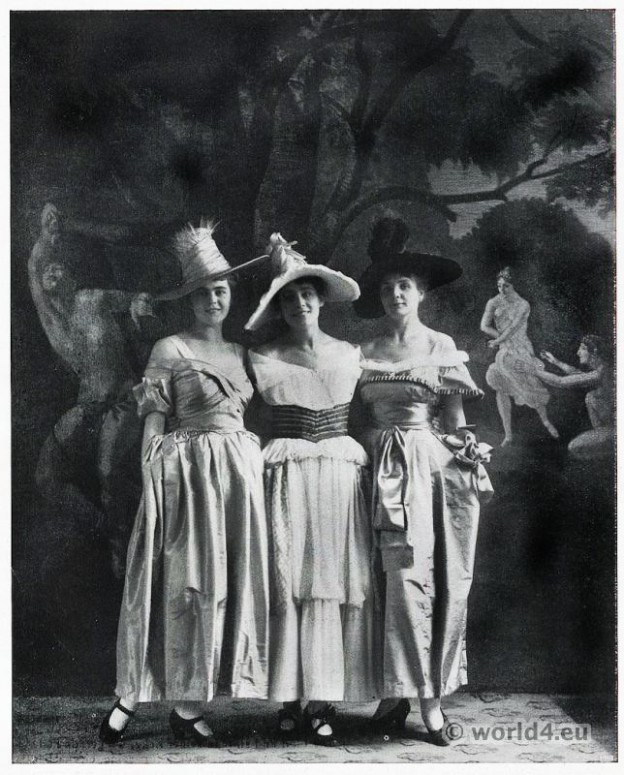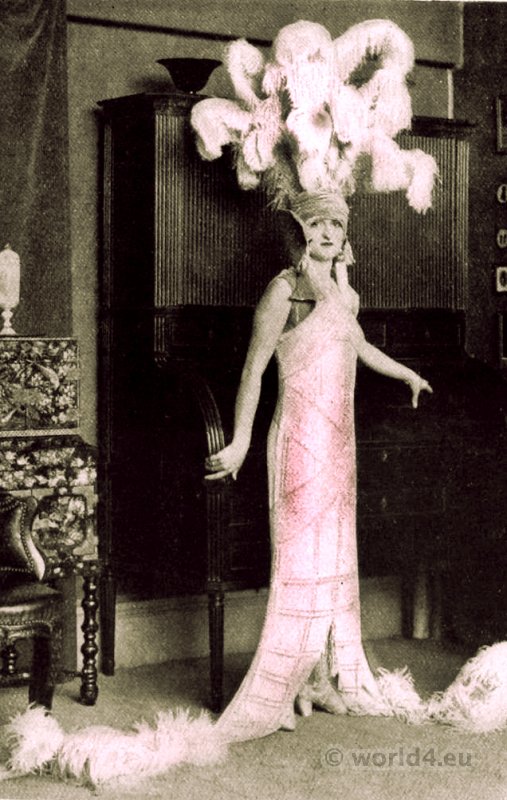The Noh theater is traditionally performed in conjunction with Kyōgen, a kind of comedy.
Tag: Theatre
Idealised India costumes in 1850s.
Western theatre costumes in an attempt to depict the clothing of the Indian upper class
Greek tragedy and comedy masks
Greek tragedy and comedy masks Greek pottery Tragic and comic masks seem to owe their origin in Greece to Bacchus’ feasts, wherein those, who took part in them, where in… Read More
The Fairy Ariel by William Shakespeare
Ariel (air spirit), a fictional character in Shakespeare’s The Tempest.
The Hara Kiri scene from the Japanese play of Chiushingura
Chiushingura: Or, The Loyal League, a Japanese Romance by Izumo Takeda (1880)
Japan Actress Sada Yacco in the role of Oriye and as Katsugari.
Japan Actress Sada Yacco in the role of Oriye. Japanese Ophelia: Madness scene.
Japanese Theatre Masks 17th century.
Mask of a dying woman. Mask of a blind and a lame with a strong painful expression.
Antique Greek theatrical masks. Art Gréco. Masques Tragiques.
Antique Greek theatrical masks. Antiqués. Art Gréco. Masques Tragiques, Sculptés.
Theatrical costumes for Budapest. Costumes by Vienna Workshops
Theatrical costumes for Budapest. Vienna Workshops 1917
Folies Bergère, Paris. Costume by George Barbier.
Costume design by George Barbier for the cabaret music hall Folies Bergère, Paris 1925.


